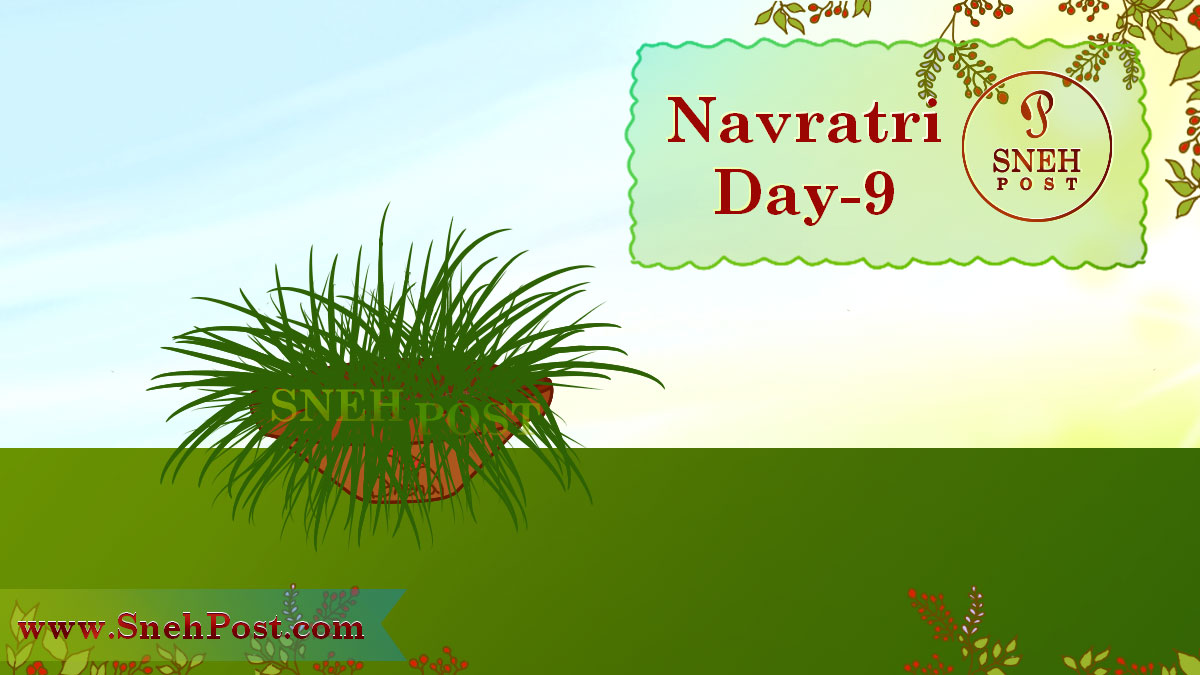Navratri is one of the most awaited religious events among the Hindus, especially for the devotees of Goddess Durga. Normally people offer worships to please their deity but during Navratri, people also dance, offer food to nine girls, perform plays on Devi Durga, and keep 9 days long fasts for impressing their Ma Durga. In short, they leave no stone unturned to seek the blessings of Devi Durga, serving her 9 different forms (incarnations) day and night during Navratri. Elders or kids, rich or poor, no one leaves behind in participating and celebrating this Hindu festival of Navratri that signifies the restoration of Dharma by Durga after the good vs evil fight.


















